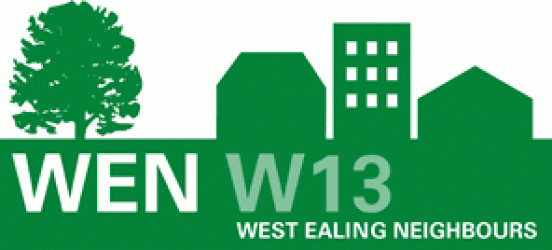Yesterday and today I spent five hours trying to make sense of the two main 60+ page documents. One of them – ‘Development Management’ – is completely impenetrable. I suspect even planning experts would have trouble trying to fully understand it all. Some examples of the planning guidelines and jargon you need to consult to even understand this document include:
Ealing’s UDP, PPG3, LTP, SPG 13, the Mayor’s SPG, CLP, PPS 25, land won aggregates, BREEAM Excellent rating, MOL/Heritage Land, SINC/SMI and the Code for Sustainable Homes.
Most of the 240,000 adults living in Ealing are lay people and not planning experts. It is just not possible to describe this document as fit for purpose for Public Consultation.
The other 60+ page document – ‘2006 Development Strategy’ is not much more penetrable. However Map 2 on page 12 just about sums up the Ealing Council ‘strategy’. It shows residential tower blocks all along the Uxbridge Road/Crossrail route from Southall in the west to Acton in the east.
We are in the fifth consecutive quarter of recession and the UK. With the UK’s budget deficit forecast to reach £175 billion this year and with our National Debt expected to rise to £1.4 trillion by 2014 it seems excessively foolhardy to be discussing any building development at all for the foreseeable future.
Ealing’s UDP (Unitary Development Plan) is the local planning guidance which Ealing’s LDF will eventually replace. The UDP was adopted in 2004. In the written evidence I submitted to National Government at the Arcadia Public Inquiry in June 2009, I lamented about the unrealistic nature of the UDP. With regards to the centre of Ealing, I pointed out:
‘10. Ealing’s 2004 UDP details six major development sites covering 32 acres in the Town Centre – whose preferred uses include the provision of social and community infrastructure including cinema, hotel, community units, education developments, and quality public space. None of these developments have even got foundations dug or a single brick laid. In five years, four of these sites have attracted no development plans at all. Just how valid is the UDP.’
In the three months since I wrote those words nothing has changed.
National Government’s ‘Soundness Guidance’ to Local Government (published by The Planning Inspectorate, August 2009: 2nd Edition) lays down a number of soundness tests for LDF Core Strategies. These tests include legal compliance, justification, effectiveness and consistency with national policies.
The key test posed for justification is:
‘Has the consultation process allowed for effective engagement of all interested parties?’
12 days into the ‘skimpy’ 42 day Public Consultation period I would have to say the Ealing Council’s effective engagement with its 240,000 adult residents has failed this test. However it will be interesting to see and hear what the worthy burghers of Greenford make of the LDF tonight. One even wonders how many of the 30,000 Greenford adults know about this meeting; have obtained and read the 232 pages of the September 2009 LDF eight document set; and actually turn up at the meeting?
Another test is:
‘Have the reasonable alternatives been considered and is there a clear audit trail showing how and why the preferred strategy/approach was arrived at?’
My initial assessment is that Ealing’s LDF effort is failing this test. Many, many indicators point to the fact that we are heading for decades of austerity and cuts in public spending. Peak Oil and climate change allied to our bankrupt economy are plain for all to see.
There’s little in the 232 pages about austere alternatives like repurposing existing, empty buildings; open and brown field land being re-purposed for food production; dealing with the possible truncation, delay or cancelling of Crossrail; dealing with the realities of ‘localisation’ taking over from failing globalisation; and the possibility of property developers going bust or not being able to raise the cash to build their tower blocks. .
The key test posed for effectiveness is:
(Is the LDF) ‘deliverable’?
Peak Oil – the point at which oil production globally reaches its highest point and thereafter declines – was reached in 2008. By 2015 shortages of oil and natural gas are widely expected to limit economic growth. The UK and Ealing are heavily dependent on oil. This LDF will consume enormous energy in building and running these tower blocks. This energy may not be available in the decades to come.
Very few people want ‘Landmark’ tall residential buildings. The opposition to Dickens Yard and Arcadia has been massive. 1,000s of local residents have opposed these ‘big’ developments over and over again for two years – and will surely continue to do so.
Another effectiveness test is: ‘Sound infrastructure delivery planning’:
I live in West Ealing. In February 2009 I responded to Ealing Council’s plans to expand Primary School places by researching the current and projected numbers of Primary age children in West Ealing and the current and planned State School capacities. Using the Council’s, ONS’s and the NHS’s figures I calculated that in 2014, 185 children of Reception Class age would not get places at Fielding, Drayton Green or Hathaway. No-one disputed these figures. We need to build another State Primary School in West Ealing. Where will it be built? When will it be built? The Ealing LDF 232 page, eight document set s contain no details at all. This is but one small example of a failure in ‘sound infrastructure delivery planning’.
Eric Leach
16th September, 2009

